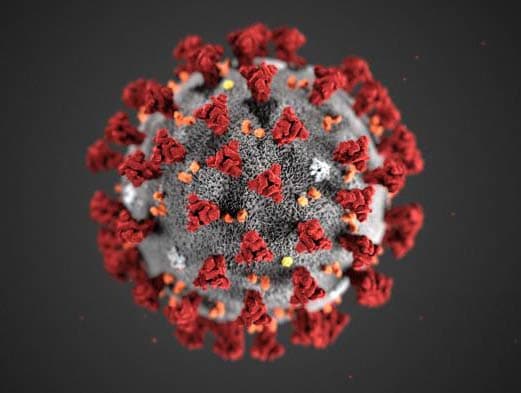Epidemiologists Use NSSP–ESSENCE Dashboard to Supplement Case-Finding for COVID-19
CDC is closely monitoring an outbreak of respiratory illness caused by a novel coronavirus (nCoV) first identified in Wuhan, Hubei Province, China. Chinese authorities identified the new coronavirus, which has resulted in thousands of confirmed cases in China, including cases outside Wuhan City.1

Novel Coronavirus
To monitor potential coronavirus encounters and supplement traditional case-finding activities, epidemiologist Natasha Close, Washington State Department of Health, created a dashboard in myESSENCE to visualize syndromic surveillance query results. The dashboard captures data on people who seek healthcare and mention fever or various respiratory symptoms and travel to China within the patient chief complaint, clinical impression, triage notes, or travel history. The dashboard provides an excellent starting point for other epidemiologists who want to monitor for novel coronavirus.
Close, who is an active member of the syndromic surveillance community, quickly shared her dashboard with colleagues by posting it to the myESSENCE library. NSSP–ESSENCE provides a highly collaborative space where system users can seamlessly download dashboards, queries, and other information into their own accounts without recreating work. As of January 30, 2020, at least 90 other users had downloaded Close’s dashboard.
Syndromic surveillance is an iterative process of updating free-text queries and syndrome definitions. Consequently, syndromic surveillance of an outbreak such as novel coronavirus is never really finished. To understand an emerging infectious-disease outbreak or other health threat, epidemiologists use what is known to identify the most useful syndromes to monitor or new queries to develop. Over time these data change. As an outbreak evolves and more data are collected from electronic health records, different clinical questions are raised. For example, seeing that a free-text chief complaint field includes “deny travel to China” might prompt an epidemiologist to add a negation clause or modify a query to refine search results. Given the flexibility of NSSP–ESSENCE, queries can be refined in near-real time.
Close’s use of NSSP resources and engagement of the syndromic surveillance community will lead to a richer, more robust syndrome definition that can be used to characterize this new strain of coronavirus. Aided by the dashboard, epidemiologists will have ready access to data that inform daily decision making.
1CDC National Center for Immunization and Respiratory Diseases, Division of Viral Diseases. Coronavirus: 2019 Novel Coronavirus (2019-nCoV) [Internet]. [revised 2020 Jan 26; cited 2020 Jan 30]. Available from: https://www.cdc.gov/coronavirus/2019-ncov/index.html
